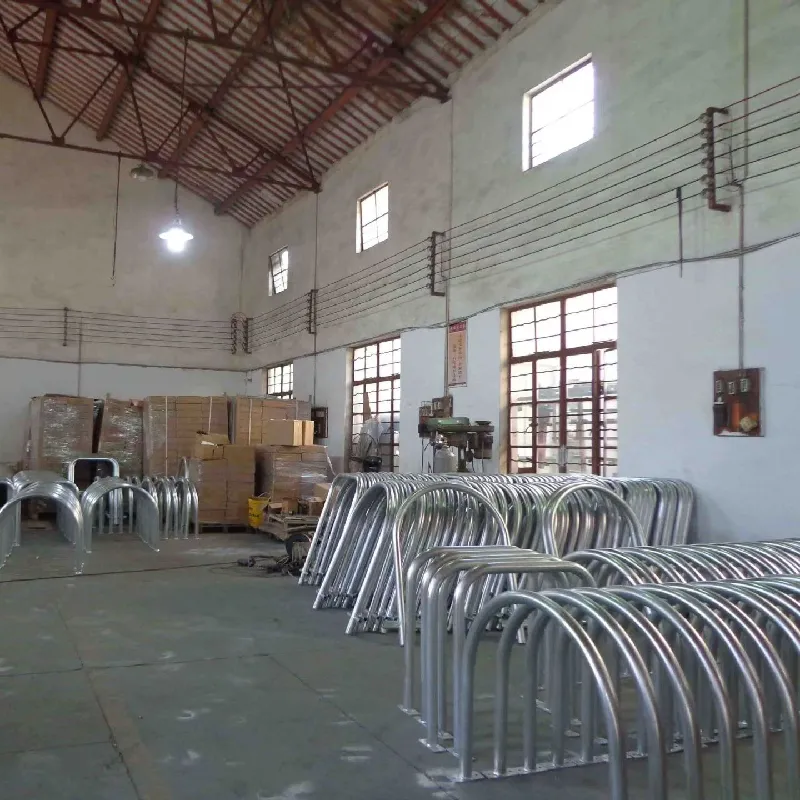Innovative Solutions for Gully Frame and Cover Design and Implementation
Understanding Gully Frames and Covers Enhancing Urban Infrastructure
Urbanization has brought about several challenges in city planning and infrastructure development. Among the myriad of issues faced by municipalities, the management of stormwater drainage stands out as a significant concern. Gully frames and covers play a vital role in this aspect, serving both functional and aesthetic purposes in urban environments.
What Are Gully Frames and Covers?
Gully frames are structures designed to catch and convey surface water into the drainage system. Typically installed in roadways, parking lots, and pedestrian pathways, they are essential for preventing flooding by directing rainwater away from urban areas. The frames are usually made of durable materials such as cast iron or reinforced plastic, designed to withstand the heavy loads of traffic while providing a reliable drainage pathway.
The cover of a gully frame, often referred to as a gully cover or grate, is crucial for safety and functionality. It prevents debris and larger objects from entering the drainage system, which could cause blockages and lead to further flooding. They are designed with openings that allow water to flow in while keeping pedestrians and vehicles safe from falling into the gully.
Importance of Gully Frames and Covers
1. Flood Management Urban areas are prone to flooding during heavy rains. Gully frames efficiently channel water into the drainage system, reducing surface ponding and the risks associated with flooding. By enhancing water flow, they play a crucial role in protecting property and lives.
2. Public Safety The presence of gully covers enhances safety on roadways and footpaths. By keeping the drainage system secure, they prevent accidents that could result from people or vehicles accidentally falling into open gullies. The design of covers also plays a role in preventing damage to vehicles, as they are engineered to support substantial weight.
gully frame and cover

3. Aesthetic Appeal While functionality is the primary aim, gully frames and covers can also contribute to the aesthetic value of urban spaces. Modern designs feature decorative patterns and a variety of materials that can seamlessly blend into the surrounding area. This dual purpose enhances not only utility but also the visual appeal of city infrastructure.
4. Environmental Considerations With increasing awareness of environmental issues, the design and installation of gully frames and covers have evolved. Many municipalities are adopting permeable materials that allow water to seep through, promoting groundwater recharge and reducing the burden on stormwater systems. Furthermore, some designs incorporate natural filtration systems that help cleanse the water before it enters the drainage network, protecting local water bodies from pollution.
Challenges in Installation and Maintenance
Despite their importance, the installation and maintenance of gully frames and covers present challenges. Improper installation can lead to inefficiencies, such as inadequate water flow or increased vulnerability to blockages. Regular maintenance is crucial to ensure that grates do not become clogged with leaves, mud, and other debris. Municipalities must invest in routine inspections and cleaning to ensure optimal functionality, which can strain budgets in times of economic constraint.
Moreover, different regions may require different designs based on local regulations, climate, and environmental conditions. Customizing gully frames and covers to meet diverse needs can complicate the procurement process, but it is necessary to maintain effective drainage systems.
Conclusion
Gully frames and covers are indispensable components of urban infrastructure. They serve critical functions in flood management, public safety, aesthetic consideration, and environmental protection. However, they require careful planning, installation, and ongoing maintenance to function effectively. As cities continue to grow and face the challenges posed by climate change, the role of gully frames and covers will become even more prominent, underscoring the need for innovation and sustainable practices in urban drainage solutions. In navigating these challenges, cities can enhance their resilience against stormwater-related issues, safeguarding the welfare of their communities and the environment they inhabit.
-
The Smarter Choice for Pedestrian AreasNewsJun.30,2025
-
The Gold Standard in Round Drain CoversNewsJun.30,2025
-
The Gold Standard in Manhole Cover SystemsNewsJun.30,2025
-
Superior Drainage Solutions with Premium Gully GratesNewsJun.30,2025
-
Superior Drainage Solutions for Global InfrastructureNewsJun.30,2025
-
Square Manhole Solutions for Modern InfrastructureNewsJun.30,2025
-
Premium Manhole Covers for Modern InfrastructureNewsJun.30,2025
